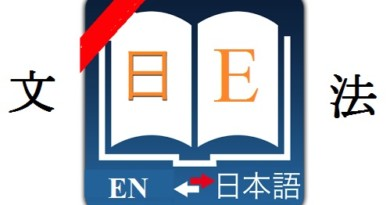Compare 向き muki and 向け muke
Hi everyone! Suppose there is a situation like this: You want to introduce to a young girl a product targeting young girls like her, which expression will you choose to express that idea,(若い女性)むき or むけ? To help you understand the usage of 向きだ and 向けだ better, in this post, Learn Japanese Daily will introduce to you the lesson: Compare 向き muki and 向け muke.

Similarities
Both grammar structures mean “to be suitable for N”. They can only go with nouns.
Differences
向けだ (muke da)
向けだ means “intended for, aimed at”. Apart from the object that the main noun describes, there’s no other object.
Example :
このドレスは中年女の人向けに作られました。
Kono doresu ha chuunen onna no hito muke ni tsukurare mashita.
This dress was made for middle-aged women.
(The dress only targets middle-aged women, not others)
あの自転車は子供向けです。
Ano jitensha ha kodomo muke desu.
That bike is for kids. (The bike doesn’t target other people such as adults, older people, etc.)
この靴は若い男の人向けです。
Kono kutsu ha wakai otoko no hito muke desu.
These shoes are for young men.
向きだ (muki da)
向きだ has the same meaning as 向けだ, but 向きだ doesn’t imply the intention. It means “to be suitable for N”. Because it doesn’t imply the intention, in addition to the object that the main noun describes, there are still other objects.
Example :
この辞書は字が大きいのでお年寄り向きだ。
Kono jisho ha jiga ookii node otoshiyori muki da.
The characters of this dictionary are big, so it is suitable for older people.
(This dictionary is suitable for older people, but children or adults can still read it)
最近、この秋向きの商品が流行っています。
Saikin, kono aki muki no shouhin ga hayette imasu.
Recently, products for autumn like these are popular. (These products can still be used in other seasons).
あの赤いバッグは若いもの向きです。
Ano akai baggu ha wakai mono muki desu.
That red bag is suitable for young people.
Exercise for consolidating knowledge :
Choose the correct answer
こんな日本語の教科書は中級者こんな日本語(にほんご)の教科書(きょかしょ)は中級者(ちゅうきゅうしゃ)(向け・むき)です。
あの本は日本人(向け・むき)に書かれました。全部日本語ですよ。
彼女はこの頃のチェンド(向け・むき)なヘアスタイルをしています。
君の性格(向け・むきの)映画じゃないと思います。
この機械(きかい)はとても値段が高くて大きい企業(きぎょう)(向け・むき)に売られる。
あの新聞は政治問題(せいじもんだい)が多いので、自国の人(向け・むき)に発刊されます。
In this post, Learn Japanese Daily has helped you compare 向き muki and 向け muke.
See other similar lessons at category: Japanese grammar dictionary
